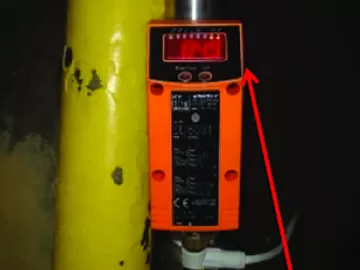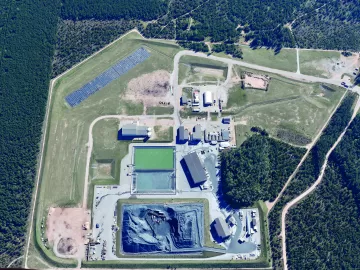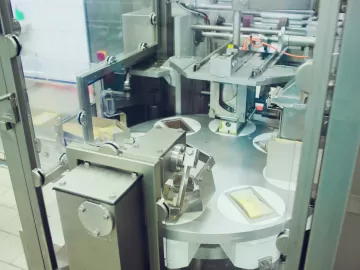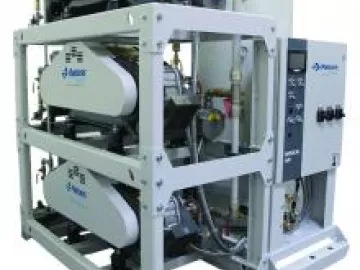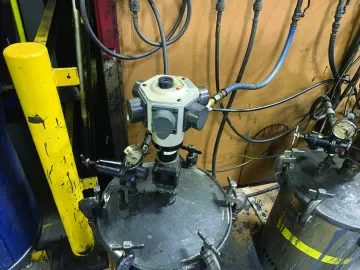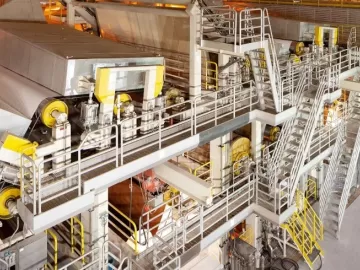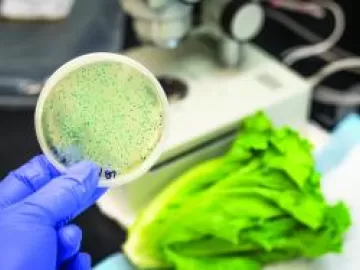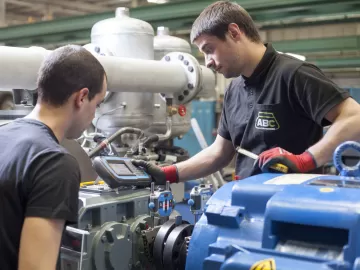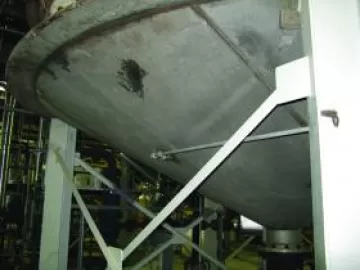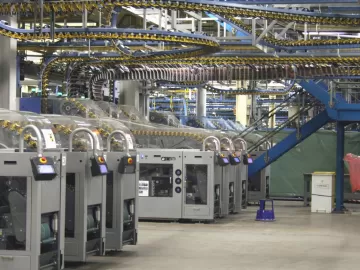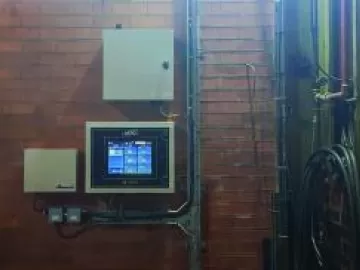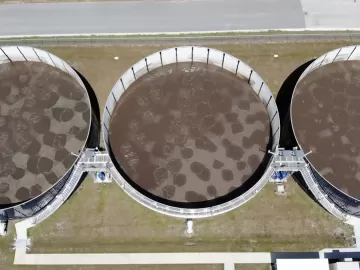Reducing Brewing Costs with Onsite Nitrogen Generation
Brewing is normally broken down into four stages-malting, mashing, boiling and fermenting. The complex chemical processes begin with a few simple ingredients - hops, grain, yeast and water. Recently there have been technological advancements to safeguard that these steps are attained accurately, efficiently and with cost-savings. One particular improvement is the use of nitrogen during the brewing process. The addition of an onsite nitrogen generator allows brewers to reduce their nitrogen costs, eliminate downtime, and reduce safety risks related to bulk gas cylinder delivery and changeouts.

